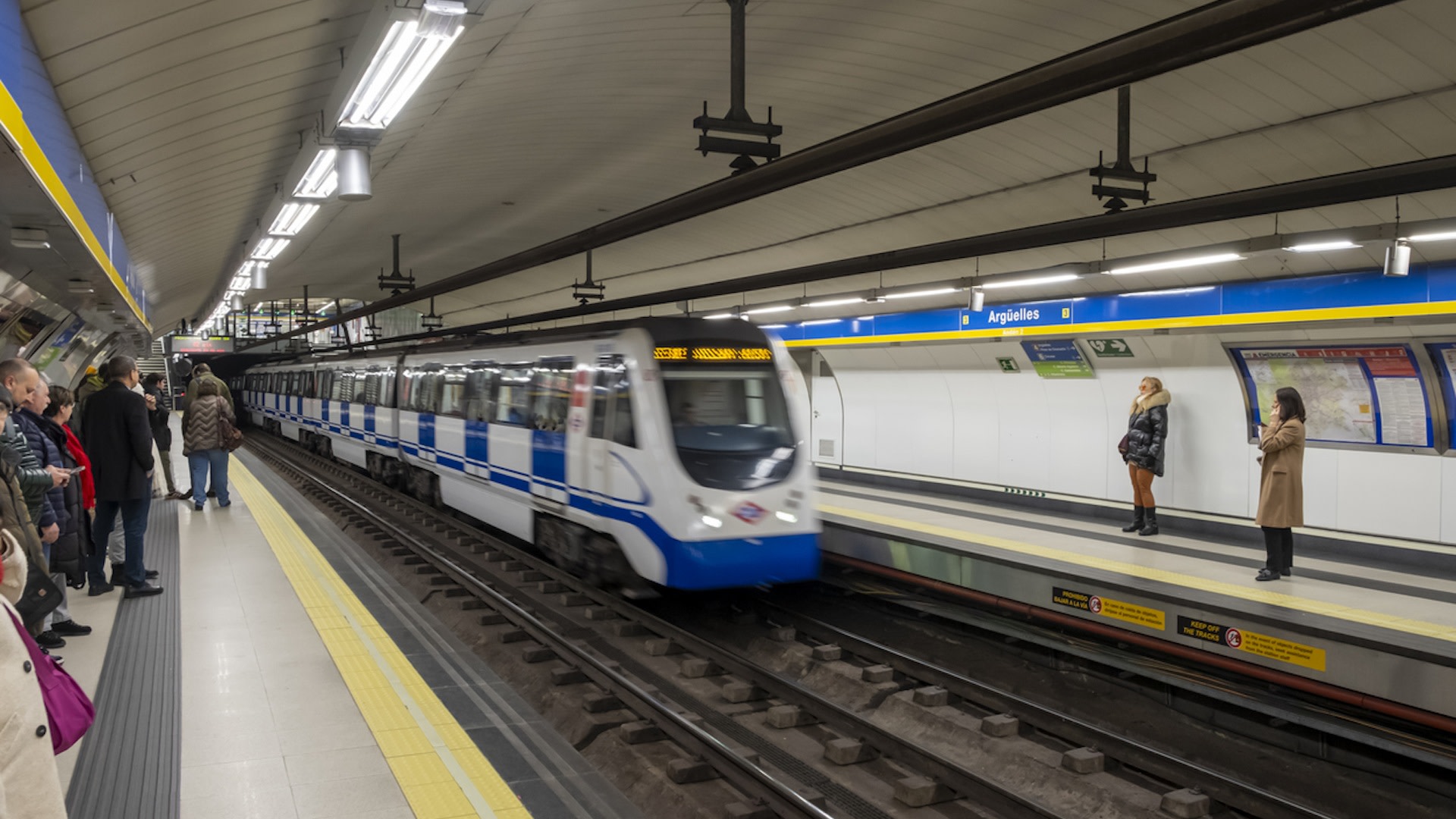Did you know a braking subway train could play a key role in powering your train ride, keeping the lights and elevators operating in the station, and even powering EVs outside?
Barcelona's transit system's use of regenerative braking (explained here by Shop Owner) is doing all that and could be an inspiration globally, as climate publication Grist reports.
The tech capitalizes on the immense amount of friction that occurs when trains stop. Instead of wasting it, the system converts it to electricity with inverters.
"We're trying to take advantage of the power that's already in the metro system," said Marc Iglesias, head of sustainable mobility at Àrea Metropolitana de Barcelona.
As a bonus, regenerative braking reduced the temperature of Barcelona's transit system by 1.8 degrees Fahrenheit.
Project leader Jordi Picas notes "there's so much energy that's not being used, and not only is it lost, it also generates heat," per Grist.
Once all 16 inverters are completed, they will save nearly 4,000 tons of planet-heating carbon pollution annually by powering a remarkable 41% of the energy needed for the trains. That impact could be huge for a city like New York, where researchers recently uncovered an alarming amount of pollution.
So why isn't this game-changing tech being used everywhere?
The upfront cost is one obstacle. Still, it's worth noting the project leaders expect to recoup their $8.6 million investment in four to five years through energy-saving and EV-charging revenue.
🗣️ When you think about owning an EV, what concerns you most about public charging stations?
🔘 Chargers not working 🚫
🔘 Chargers not being available 😥
🔘 Charging being too expensive 💰
🔘 Charging taking too long ⌚
🗳️ Click your choice to see results and speak your mind
Another sticking point is whether trains are compatible or would need costly retrofitting. Picas told Grist that the average train's lifespan is 35 to 45 years. That makes it imperative that cities make the switch.
Lastly, finding space for the inverters and EV chargers in a crowded metro area can be a challenge.
One thing that Barcelona can help with is providing a blueprint for other cities. Ahmed Mohamed, a transit expert at the City College of New York, says the uncertainties create a barrier for projects.
Mohamed told Grist that "when you're not quite sure about the savings, it's hard to run a cost-benefit analysis, so decision-making is not very easy,"
Barcelona's work could spur New York and other cities into future adoption. The last hurdle will be figuring out who does what.
"Who's running it? Who's controlling it? And what's the role of different stakeholders?" were questions that Mohamed posed.
After seeing Barcelona's success with the program, "Should we do it?" may no longer be one of them.
Join our free newsletter for weekly updates on the latest innovations improving our lives and shaping our future, and don't miss this cool list of easy ways to help yourself while helping the planet.









